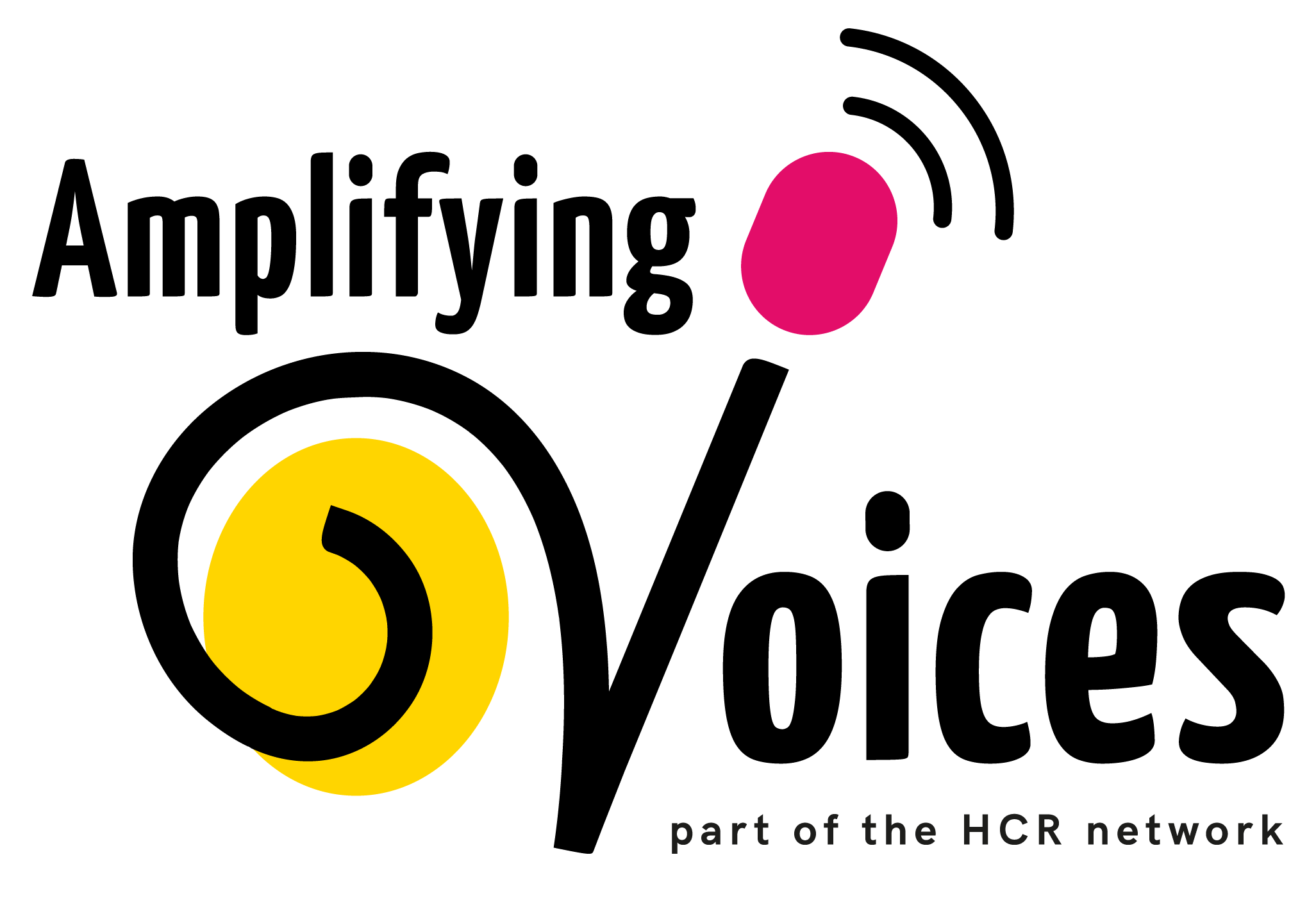
How ‘technology’ has changed
We’ve been looking through HCR’s archives and have asked our founder, Dr Ross James, to explain the story behind photos that mystify us ‘young ‘uns’.
By Ross James
It comes as something of a shock to walk into a museum and discover something that you used displayed as an historical object. It was 1991. There, preserved in a glass-topped display case in the York Castle Museum in England, was a Philips 3302 compact cassette recorder. The Dutch company revolutionised how music was used socially, creatively and psychologically with the development of the audio cassette and first recorder/player in 1963.
The 3302 was the third version of the portable battery operated device, a wonder in the early 70’s. Little did I know that 40-odd years on I’d be amazed at the latest wonders in my car: a 32 gigabyte hard drive that holds my entire music collection and a Bluetooth connection that can stream audio podcasts downloaded from the internet onto my smart phone.
The compact cassette with two reels and anywhere from 30 to 120 minutes of audio on magnetic tape spread around the world for personal use, especially when ‘boomboxes’ and the Walkman were invented in 1977. The death knell for cassettes came in the early 1980’s with the digital compact disc (CD). Small, portable and durable CDs rapidly replaced cassettes and 12″ vinyl albums as the new standard consumer format.
But when I first became a radio announcer in 1973, reel-to-reel tape was a studio standard for speech-based programs, because of its superior audio quality. Radio stations and production houses that broadcast pre-recorded speech programs needed huge libraries to store bulky reels of magnetic audio tape that held radio programs of 30-60 minutes. Carefully-controlled airconditioning was needed to preserve the delicate magnetic tape.
For many radio stations the next advance was digital recording on a Sony-introduced MiniDisc (MD). The MD offered the quality of a CD with the functionality of a cassette, but much smaller than a cassette and could store more audio with better quality than a cassette or reel to reel tape. And that’s why, in 1998, a colleague and I were standing in a tape library marvelling how one tiny MD could hold two hours of programming, replacing four 30-minute reel to reel tapes and much shelving.
Soon, however, even the marvellous MD was dispensed with as radio stations began to use audio that was accessed from computers in digital formats such as MP3 or WAV. Such are the advances in technology that about 555 hours of MP3 audio (128 kbps), roughly 8,000 songs, can be stored on the largest storage card currently available: a 32 GB micro sound card that is about as big as a man’s thumbnail.
How long, I wonder, before HCR’s 30-something field workers will waddle into a museum and be astonished to see a display of an ancient relic from their past; a device that stored their music; something that was known as an iPhone 7 or Samsung Galaxy S7.

The larger MiniDisc pictured next to a very small micro sound card
